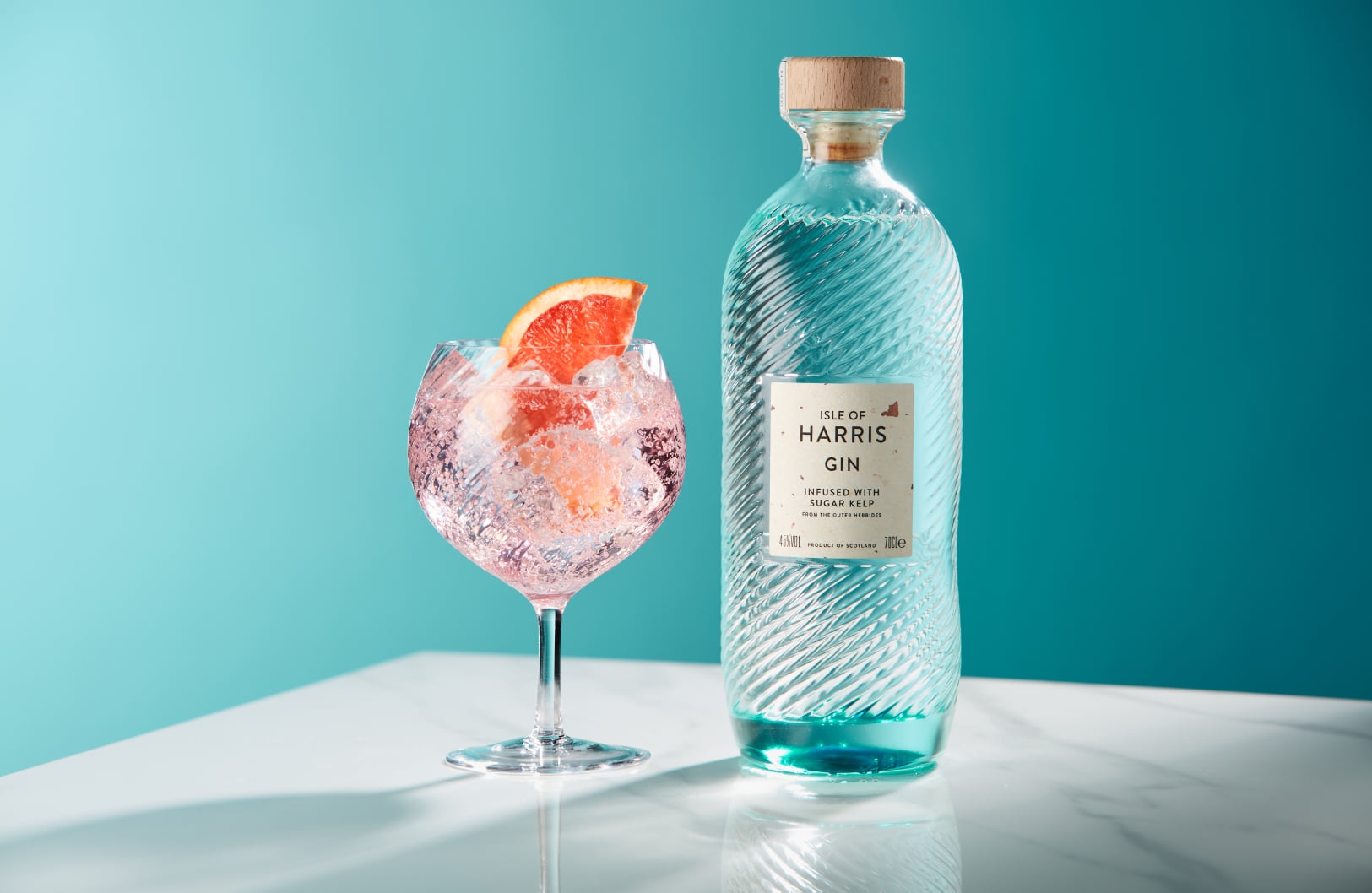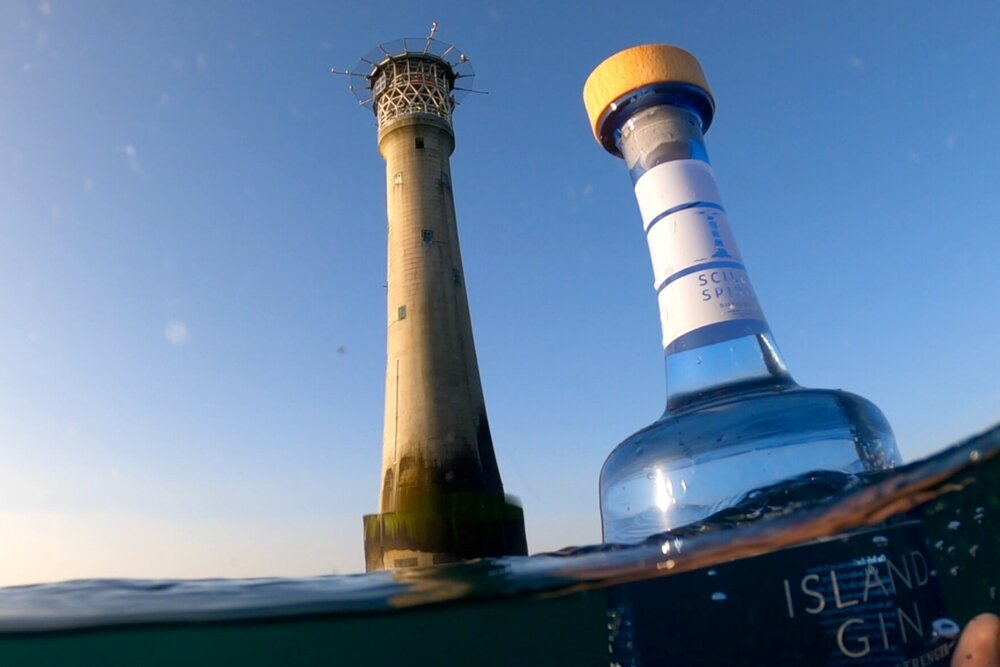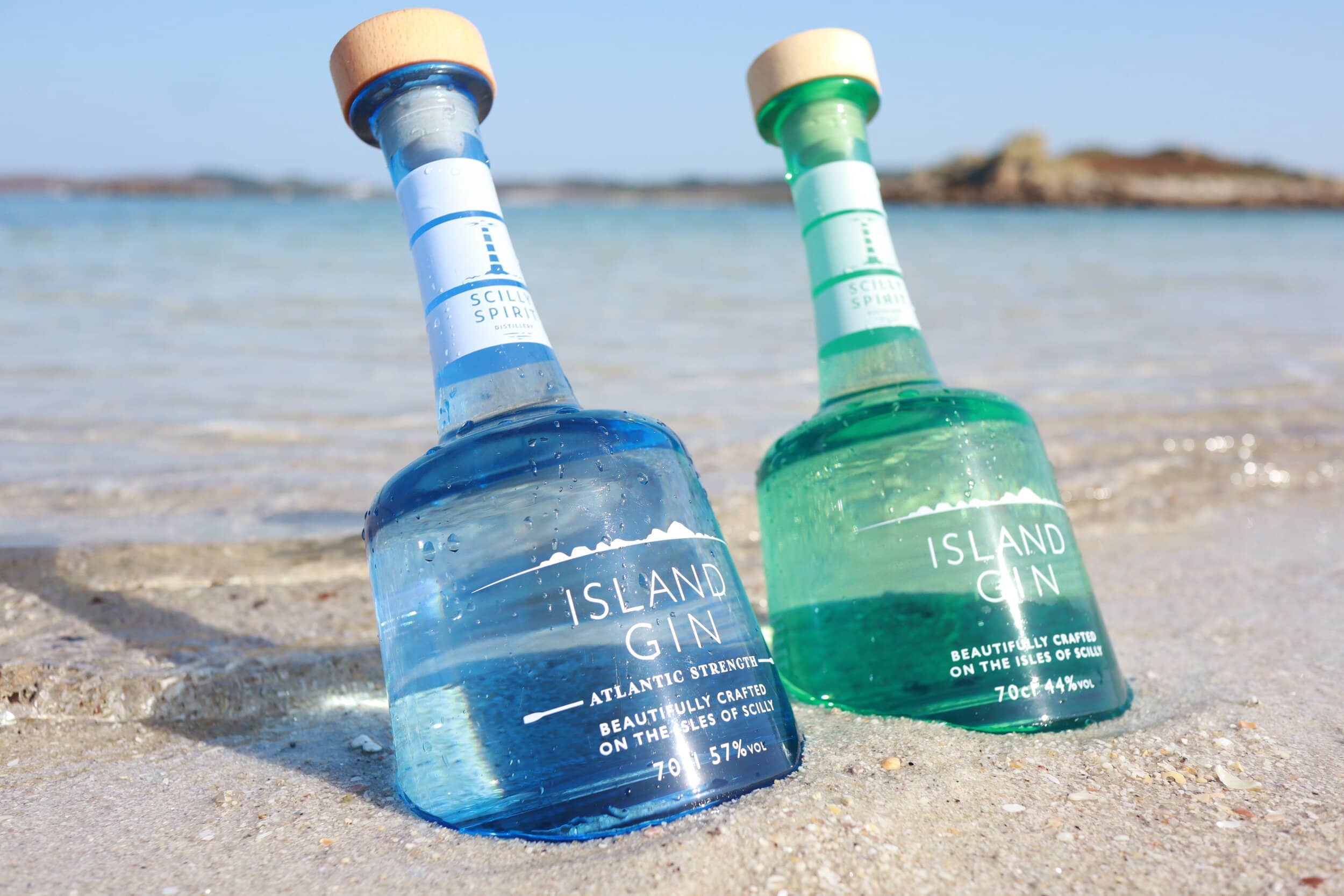The so-called ‘gin craze’ of the early 18th century is said to have led to ‘mother’s ruin’ being made available in more than 7,000 specialist shops up and down the length and breadth of England, many of which experimented with delicious special ingredients such as turpentine and sulphuric acid in an attempt to tease-out a few elusive extra flavours.
Fast forward 300 years and, save for the killer extras, the gin craze has come full circle. And it’s no longer confined to England or even to the mainland because, in case you hadn’t noticed, ‘island gin’ is now all the rage. That’s gin, made on islands. Where distillers claim elements such as salty maritime air, storm-tossed samphire and bits of ‘hand harvested’ kelp give their gin the extra edge that mainland producers just can’t supply.

‘If you can’t get to outer space, then the feeling of freedom which comes with diving for sugar kelp is the next best thing,’ says ‘sugar kelp harvester’ Lewis Mackenzie from the Harris Distillery. If only Elon Musk had known….There’s no denying that such ‘island gins’ often have a character all of their own, largely down to the often unique nature of the local water and botanicals that go into them. But what really gives them an advantage over their city-based rivals is the marketing power provided by the romance of where they come from and the stories of the people who took the plunge to set them up.
For instance, In August 2016, husband and wife team Finlay and Eileen Geekie left behind the hustle and bustle of Oxfordshire – where they’d lived for over 30 years – and moved to their newly completed, self-build house, to start a new life on the tiny, remote Hebridean island of Colonsay, opening a distillery. In our new eco-aware, wild swimming, country loving, rat-race-escaping world of wokeness, what’s not to like about the Geekies and their Colonsay gin?
Talk of gin from Plymouth or London conjures images of grimy streets, traffic jams and eye-watering fumes being given off by industrial-sized vats of nondescript liquid. But mention a gin from Barra, Jura, Holy Island or Anglesey and the mind thinks only of organic ingredients, tiny pot stills and ancient folklore coming together to create rare nectar-like substances, drip by hand-crafted drip, in tiny quantities to be tasted only by those who have made the effort to seek them out.
And once you’ve made your island spirit, you can chuck it in an interesting bottle such as the one created for Scilly spirits (modelled on the Bishop’s Rock lighthouse) or Harris gin (hand-applied paper seal and wave-like undulations in the glass), then slap-on an arty label with fairy-tale associations (a pen-and-ink drawing of Uddereek who was ‘instantly changed from his beautiful Elfin form into a figure resembling a satyr: half man, half billy-goat – from whence he derives his present name of Fynoderee, or HAIRY ONE’ does the trick for the Isle of Man’s gin) – and the world, it seems, really does become your hand-reared oyster as the orders flood in from around the globe.If all this sounds a bit cynical, it is. It’s my way of pretending I haven’t become completely fixated by the gins of the British Isles and the fact that there are just so many of them. Travel anywhere from Tyree to Guernsey and from Raasay to Skye; from Orkney to the Scillies and from North Uist to the Isle of Wight and, I guarantee, you’ll find a husband and wife team busily making gin.

The aforementioned bottles are often so appealing in themselves that I’ve found it impossible to chuck them out, meaning there are now dozens on display bearing testament to what might already have become an unhealthy island gin obsession.
But there’s an upside to buying into the romance of island gin. Island distilleries are a boon for the local economy. The Isle of Barra distillery up in the Outer Hebrides, which has been producing a few thousand litres of gin since 2016, is looking to expand by building a new, state-of-the-art distillery capable of churning-out hundreds of thousands of bottles of gin and single malt whisky – a project that’s expected to bring 40 jobs and generate a whole new tourist trade for Barra. For a tiny population of 1,300 islanders, that’s not to be sniffed at.
The founders, Michael and Katie Morrison (another ‘husband and wife’ gin team) have pledged to hand one per cent of the new distillery’s profits to the island and, ultimately, help to finance the building of six affordable homes for local families.
And all they need to get going is £6m. Which I’m certain I can find a way of coming up with – once I’ve had a couple of stiff ones.
All at sea – Britain’s top 20 island gin producers
arranbotanicaldrinks.com
harrisdistillery.com
isleofbarradistillers.com
scillyspirit.com (The Isles of Scilly)
fynoderee.com (Isle of Man)
tyreegin.co.uk
wildthymespirits.com (Colonsay)
raasaydistillery.com
lussagin.com (Jura)
orkneydistilling.com
shetlandreel.com (Unst)
isleofskyedistillers.com
thebotanist.com (Islay)
northuistdistillery.com
whitetailgin.com (Mull)
isleofwightdistillery.com
holyislandgin.co.uk
menaioysters.co.uk (Anglesey)
bluebottlegin.gg (Guernsey)
lamarewineestate.com (Jersey).







Comments